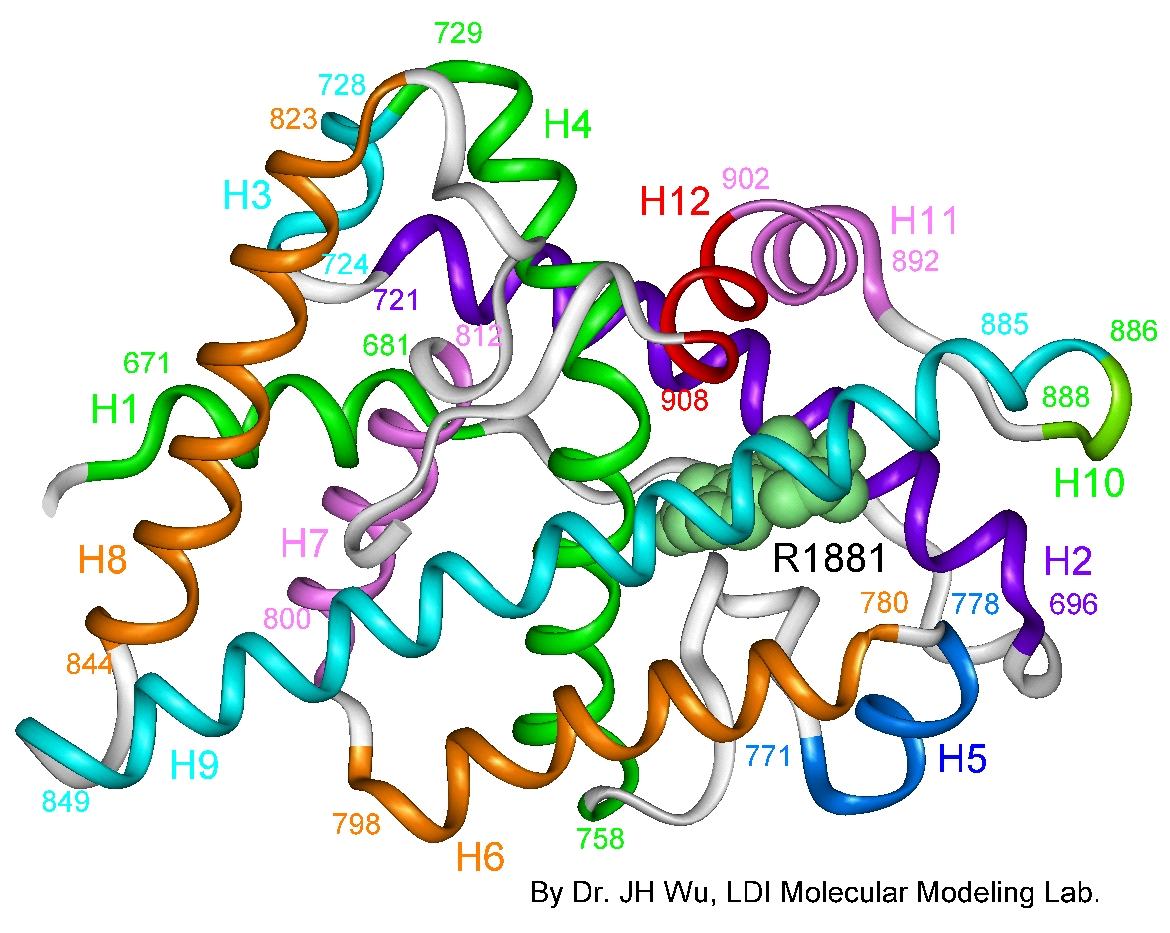Imagining Nothing
Can you imagine nothing at all?
I think you can.
In my laboratory we study imagination. One of the things we're trying to do is get computers to "flesh out" scenes in visual imagination. For example, if I ask a person, or my computer program, to imagine a cat, that cat might be sitting on a sofa in the imagined image. Even though the agent was not asked to imagine the sofa, the agent very well might put one in there anyway.
Recently I was talking to a class about this and I asked them all to imagine a cat. I told them to picture it. Then I asked them if it was inside or outside. My prediction was that most of the students would say that the cat was inside, because in this part of the world, cats are mostly pets that are kept indoors. In India, there are many stray cats, so I would expect a different result.
However, I was surprised to find that over half the students didn't imagine the cat in any context at all. They imagined just the cat.
Computer graphics deals with this kind of thing all the time. The image presented here, of a protein, is on a white background. It's not on no background. It's white. That's because on a screen, each pixel in the given area has to have some color. Different programs deal with this in different ways.
How do you represent nothing on a screen? Some use a checkerboard:
http://commons.wikimedia.org/wiki/File:Tree_of_maya_languages_PT.svg
Some use gray:
http://commons.wikimedia.org/wiki/File:Church_3d_model.jpg
etc.
You really can't represent nothing on a screen, and for a while I had the intuition that you could not do it in visual imagination either. Before I get into this, let me talk a little about imagination and its multiple meanings.
Imagination as supposing facts
One kind of imagination is basically the supposition of facts. These can be propositionally represented. For example, if you imagine owning a patent, it might not look like anything in particular. That is, there is probably not a sensory imagination activated. You just suppose that it is true, hypothetically.
Sensory Imagination
Another kind is sensory imagination, in which you actually picture in your mind's eye (or listen to your mind's ear) some image. The idea is that the propositional imaginings are connected symbols, and the sensory imagination (for vision) is like a bitmap-- in the brain, a bunch of neurons that are spatially organized, where the firing frequency of each one represents a color value for that location. For computer graphics people, it's like the difference between a vector representation (like Adobe Illustrator uses) and a bitmap representation (which the old versions of Photoshop used).
Okay, so if someone imagines a cat without a background, there are a few things that could be happening.
1. They actually are imagining the background and context, but they are not attending to it, so they are not conscious of it. This seems unlikely to me, but I thought I'd mention it anyway.
2. They are not engaging in sensory imagination, just propositional imagination. It's very possible to posit with a proposition that a man exists without specifying whether or not the man has a hat on. It's much harder to do with an image. Since the word "imagination" covers these two kinds of thinking, perhaps some of these people just hypothetically imagined a proposition of the existence of a cat. It's also true that people differ in their abilities to experience visual imagination. That is, some people claim to only think propositionally.
3. They actually are using visual imagination, but just not representing the space around the cat. That means that they're not imagining a sofa, or a room, or anything. They're not even imagining black, or white, or gray. For those parts of the mental image, they're just imagining nothing.
Huh?
I'm starting to think this counter-intuitive idea just might be correct. To do so, I'll draw on different intuitions.
Your visual field extends to each side only so far. You can't see behind you. If you spread your arms, and draw your hands back until they are no longer visible, what color is the space that your hands occupy? This space does not look black. It does not look white. It does not look like a checkerboard. It just isn't. Does the space behind your head appear black? When you put your hand behind your head, does it look like it's dark back there, or there is something keeping you from seeing your hand? No, it appears as nothing at all.
Similarly, with hemispatial neglect, people can't see, and so ignore, one half of their visual field. Hard as it is to believe, they eat only the food on one side of their plate, and see nothing on the left or the right, depending. Now, these people don't experience a big black blob. If they did, they'd know they had neglect. It would look like there was something blocking their vision. Just as you don't feel there's something missing because you can't see behind your head, they feel there's nothing missing on their one side.
To me, that's the intuition for representing nothing. So, in V1 (a part of the brain that processes vision, rather early in the process) we have a sheet of neurons that get activated in a retinotopic way, which is a fancy way of saying that the neurons get activated in the same spatial pattern as the retina in the eye, kind of like a computer monitor. We know this from Tootel et al. (1982). Recently Miyawaki et al. (2008) was able to tell what someone was looking at by doing a brain scan (fMRI) of V1! Although this has yet to be done with human imagination, other studies (Kosslyn, 1994) have found that when people engage in visual imagination the visual cortex (of which V1 is a part) is relatively active.
So if each neuron area is mapped to a part of the visual field, mustn't each neuron be representing some color? I don't think so. A neuron is considered active if its firing rate is increased (neurons are always firing; it's how fast that we're interested in). It could be that at low levels of firing frequency, it means nothing to the brain. It also could be that "nothing" is indicated by some particular frequency. If something like this is the case, then the mind's interpretation of this particular firing frequency might be similar to unattended regions, or perhaps what happens in hemispatial neglect.
You like introspection? I thought so. I have a little informal experiment for you to try:
Get in a dark room and close your eyes. Think about whatever. Then, at some point, try to see, while keeping your eyes shut.
What I experience is a randomish mishmashing of gray and black areas, forming little droplets and breaking off, changing intensity suddenly (a bright area turning into a dark one, for example), etc. My mind struggles to make sense of it. The important point is this: whatever I see, it is a markedly different experience from when I was not trying to see. That is, when I was thinking about what I was going to do tomorrow, for example, even if my visual imagination wasn't particularly engaged, I didn't have any experience of these gray and black blobs.
If you try it, comment on this blog entry and tell me what you experience.
What's happening here?
My explanation is that when I choose to attend to my eyes' input (even if there's no light coming in and I'm only seeing my retina's random firing fluctuations) I experience the grays and blacks. I force my V1 to interpret the signal it's getting, garbage though it is, as real input. V1 no longer represents nothing; it represents colors (gray-scale colors, but colors all the same).
The other possible interpretation is that V1 does not change its sensitivity to ocular input according to my will. Rather, V1 is always representing, but it's only when I choose to attend to it do I have the experience of color there.
I don't know yet how to test these ideas.
It seems to me that, unlike external pictures and diagrams, our mind's eye might be able to represent nothing.
Links:
http://en.wikipedia.org/wiki/Hemispatial_neglect
References:
Kosslyn, S. M. (1994). Image and Brain: The Resolution of the Imagery Debate. MIT Press. Cambridge, MA.
Miyawaki, Y., Uchida, H., Yamashita, O., Sato, M., Morito, Y., Tanabe, H. C., . . . Kamatani, Y. (2008). Visual image reconstruction from human brain activity: A modular decoding approach. Neuron, 60(5), 915-929.
Tootell, R. B. H., Silverman, M. S., Switkes, E., & Valois, R. L. D. (1982). Deoxyglucose analysis of retinotopic organization in primate striate cortex. Science, 218(4575), 902-904.
Pictured: 3-D model of the human androgen receptor protein.


Comments